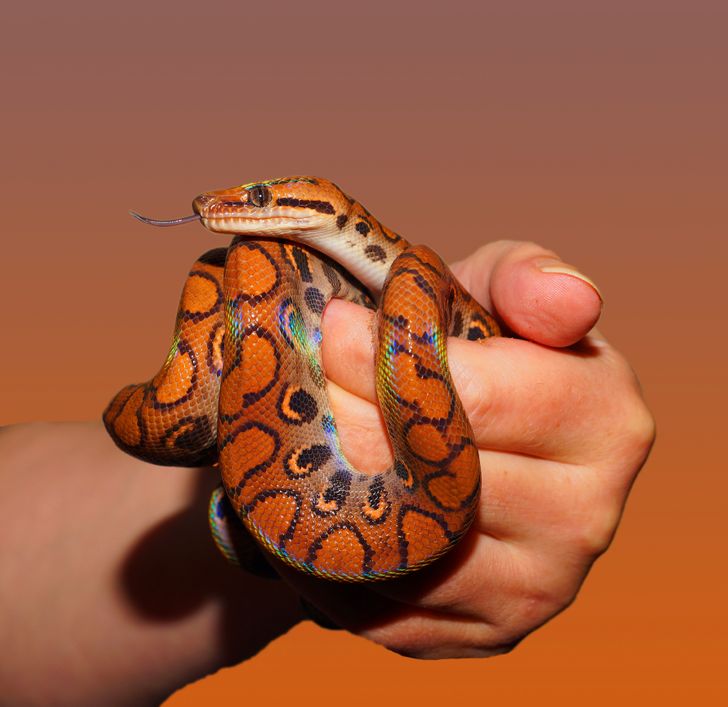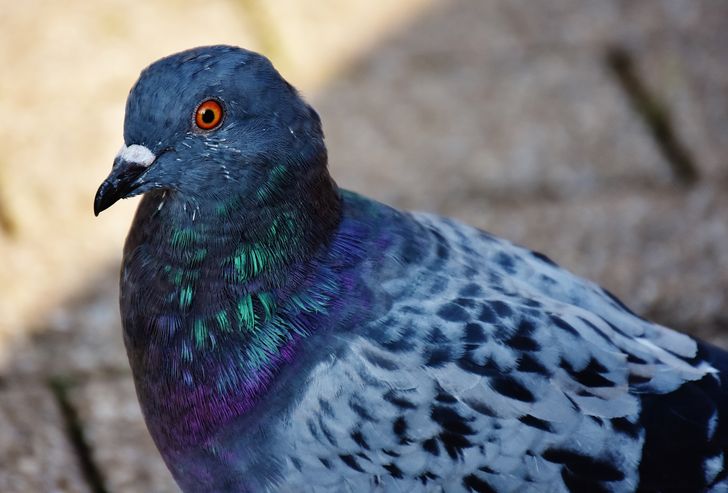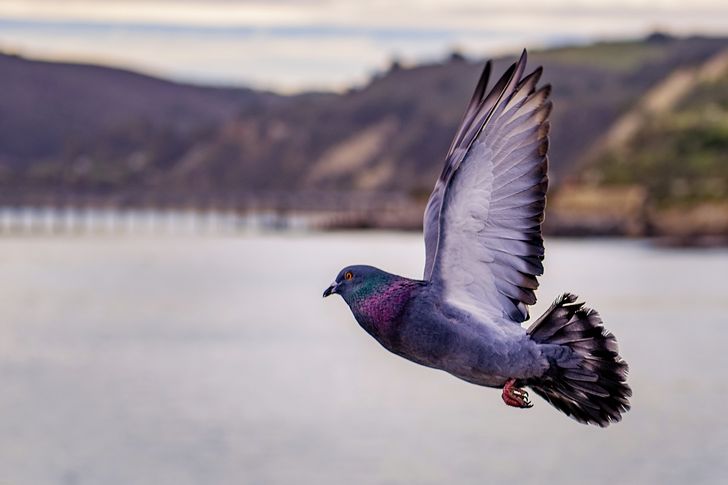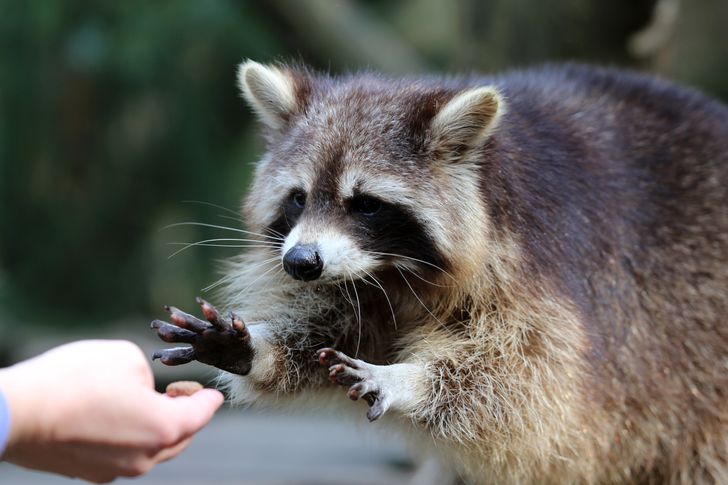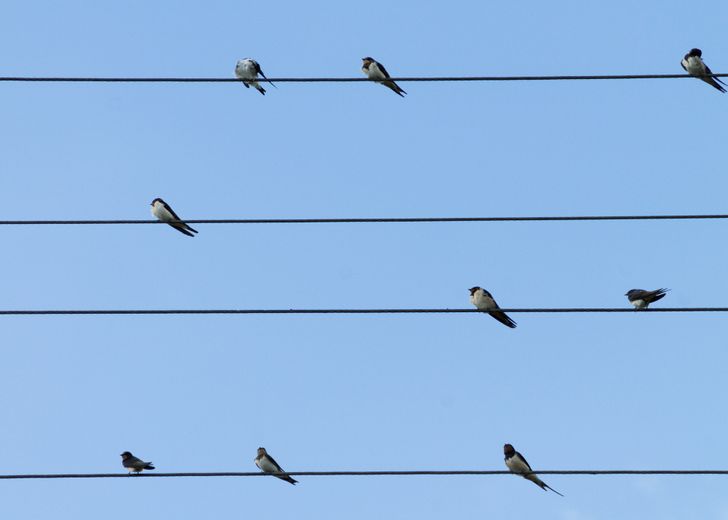Why does a cat sit with its legs crossed
10 Answers to Questions You Were Feeling Too Lazy to Google

It sometimes happens that we switch off the lights, put our head on the pillow, and think that we need to sleep well because it’s gonna be a hectic day tomorrow, when a whirl of thoughts and weird questions arise in our mind. For example: why doves bob their heads while walking, why cats always land on their feet, and why the colors in toothpaste never mix.
Bright Side wants to help you fall asleep faster and that’s why we have prepared some answers to these and other popular questions.
1. Why do snakes flick their tongues?
Not only does a snake’s tongue help it to define taste, but it also plays an additional role in their sense of smell. That’s the reason why these reptiles flick their tongues — to navigate better and find food faster.
2. Why are books first published in hardcover and only later in paperback?

A book in hardcover looks more presentable and, thus, costs more. When the work is new and highly-anticipated, people are ready to overpay for the cover, just to read the novel faster. Thanks to this, the publisher gets a bigger profit from the sales. In order to get a new batch of buyers and extend the demand for the work, it is published in paperback within the next year and is sold at a cheaper price.
3. Why do pigeons bob their heads while walking?
By doing this pigeons see better, as they stabilize the image on their retina. While walking, they push their head forward relative to their body, while the body kinda catches up with the head. At this moment, the bird is watching the world from a certain angle.
4. Why do our eyes sometimes look red in photos?
The red eye effect appears because the camera captures the reflection of the flash in a person’s fundus when it’s dark or when the light is low. The red color appears thanks to the blood vessels in the retina.
5. Why do the different colors of the toothpaste never mix in the tube?
In order to fill the tube with toothpaste, a special dispenser pours the mass with the layers of different colors simultaneously. White and colored pastes differ in consistency and chemical composition, which is why the layers don’t mix.
6. How does a carrier pigeon know where to fly?
The secret is that pigeons used to fly in only one direction — to their home. Birds were specially trained in the pigeonry: they were taken away from their nest for a certain distance and then let go free so that they could fly back to their nest. The system of carrier pigeons is based on this natural instinct, while the Earth’s magnetic field and infrasound environment serve as landmarks for them.
7. Why does a raccoon wash everything?
When in the wild, these fluffies search for their food mainly in water or near water pools. Their provisions (plants, mollusks, and insects) are often found in sand and dirt, that’s why many people think that raccoons wash their prey to clean it. However, scientists have come to the conclusion that this process is not connected with neatness. These animals have sensitive paws and they rely on their sensations when they touch food, while water acts as a kind of activator for their nerve endings.
8. Why do pills come in different colors?
It’s the manufacturer who chooses the color of the pills. Their coloring doesn’t affect the efficiency of the medicine, but is instead used for marketing and psychological impact on humans. Thus, for example, it has been proven in one of the experiments that consumers perceive pills in dark shades to be a more effective medicine.
9. Why do cats always land on their feet?
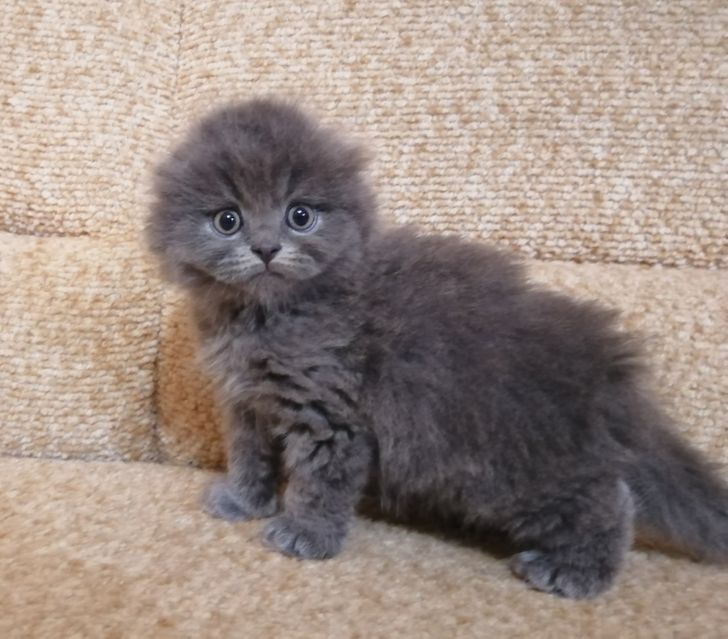
The secret lies in the ability of the feline spine, which allows them to rotate their upper body to one side and then lower to the other. Thanks to a well-developed vestibular apparatus, the animal knows how to turn its body when falling to make their landing as safe as possible, that is, to direct their feet to the ground.
10. Why don’t birds get electrocuted while sitting on wires?
The thing is that there is no voltage difference between the bird and the cable. Birds don’t touch the ground, they only touch the wire which is why the voltage of their body coincides with the voltage of the wire.
Let’s play a game in the comments: you ask an unusual, or even a weird question, while another person tries to come up with a logical answer that will sound as plausible as possible. Or they can give the right answer, if they know it.
Comments
why does my hair grow so slow 😭
why aren't veterinarians called "dogtors"?
Why do we die?
Why do we only have one life to live?
Related Reads
A Woman Used Botox Because She Wanted to Look Like Her Younger Self, and According to People Online She Succeeded

16 People That Could’ve Done Their Job Well, but It Just Wasn’t Their Lucky Day

18 People Made Small Discoveries, and Their World Will Never Be the Same

People Reveal the Most Disrespectful Things a Guest Has Ever Done in Their Home

21 Convincing Reasons to Love Australia From Afar

22 Times Designers Wanted to Say, “Please, No!”

18 Eccentric Finds That Made Us Feel Like We Were in a Surreal Film

An Artist Shows What Some of Disney’s Characters’ Lives Would Look Like Today
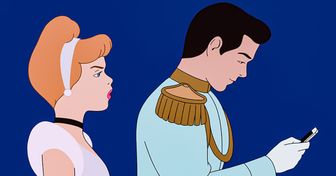
I Banned My Stepdaughter From Family Meals, My House Is Not a Master Chef Venue

10 Moments That Proved the Worst Betrayal Comes From Home

15+ Unforgettable Gifts That Made an Everlasting Impression

I Didn’t Give Up My Parking Spot to a Mom With an Infant — I Served Her a Reality Check

